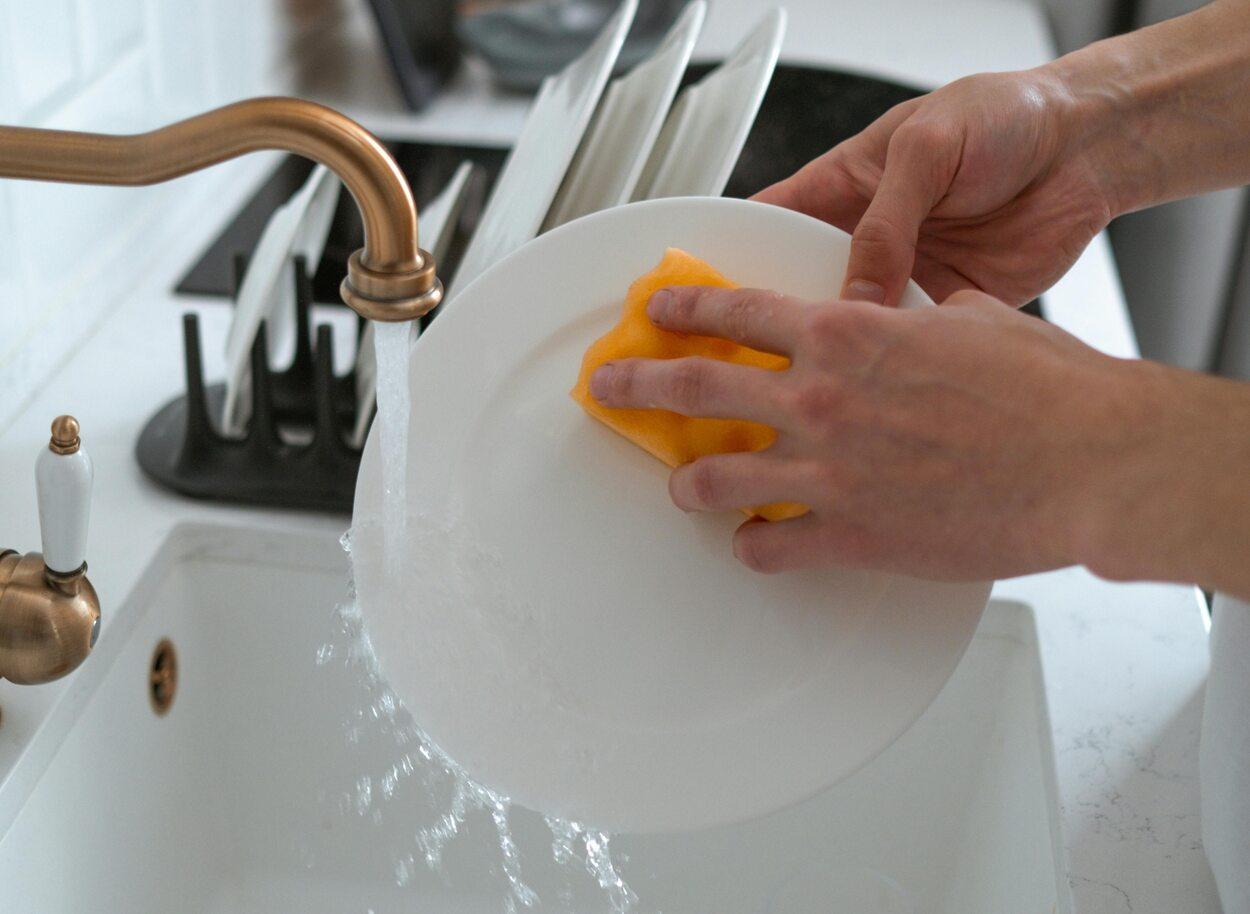If you’re looking for ways to make your kitchen more eco-friendly, you’re in the right place. We’re going to talk about simple—but innovative—tips that’ll help you save water and lessen your environmental impact. From efficient dishwashers to water-saving showerheads, we’ve got 30 practical suggestions to help you revamp your kitchen plumbing. Ready? Let’s dive into the first 10 tips.
Contents
- 1. Install Water-Saving Taps
- 2. Use Efficient Dishwashers
- 3. Install Low-Flow Toilets
- 4. Use Dual-Flush Systems
- 5. Monitor Water Usage
- 6. Install Water-Saving Showerheads
- 7. Install Water Filters
- 8. Practice Efficient Dishwashing
- 9. Fix Leaking Pipes
- 10. Control Water Pressure
- 11. Purchase Energy-Efficient Appliances
- 12. Use Eco-Friendly Cleaning Products
- 13. Invest in Rainwater Harvesting
- 14. Install Water-Conserving Aerators
- 15. Practice Composting Waste
- 16. Upgrade Old Plumbing systems
- 17. Reduce Water Heater Temperature
- 18. Use Cold Water Washing
- 19. Maintain Septic System Regularly
- 20. Utilize Natural Light
- 21. Recycle Cooking Water
- 22. Use Grey Water Irrigation
- 23. Collect Water Condensation
- 24. Separate Kitchen Wastes
- 25. Install Tankless Water Heaters
- 26. Limit Garbage Disposal Use
- 27. Use Eco-Friendly Dish Detergents
- 28. Avoid Running Water Continuously
- 29. Reuse Pasta/Cooking Water
- 30. Use Cooking Water for Plants
- In Conclusion,
1. Install Water-Saving Taps
Did you know that switching from a standard tap to a water-saving model could reduce your water usage by up to 30%? Water-saving taps use a technology called ‘aerator’ to limit the amount of water flowing out, without compromising performance. Remember the importance of durable materials like stainless steel and copper during installation because they last longer, reducing waste in the long run.
2. Use Efficient Dishwashers
Older dishwashers can be massive water wasters. Upgrading to an efficient dishwasher not only reduces water usage but also lowers energy consumption. Look for models with economy settings and a good star rating—these machines are designed for better sustainability and life-cycle assessment.
3. Install Low-Flow Toilets

Traditional toilets can use up to 13.6 litres per flush, while low-flow models only require 4.8 litres or less! Over time, this significant reduction leads to substantial water savings. Don’t forget, using building engineering best practices during installation is critical for the long-term efficiency of these toilets.
4. Use Dual-Flush Systems
Dual-flush systems give you the option between a full or partial flush, depending on the waste type. Using the partial flush feature when appropriate could save thousands of litres of water annually. This simple, yet efficient, secondary sector of the economy strategy is widely being adopted in many modern builds as it has a positive impact on overall water usage.
5. Monitor Water Usage
One of the most straightforward ways to save water is by keeping an eye on your usage. Knowing where and when you’re using the most water can guide you to make targeted changes in your behaviour, leading to significant reductions in waste. New technologies even allow you to monitor your home’s water usage digitally.
6. Install Water-Saving Showerheads
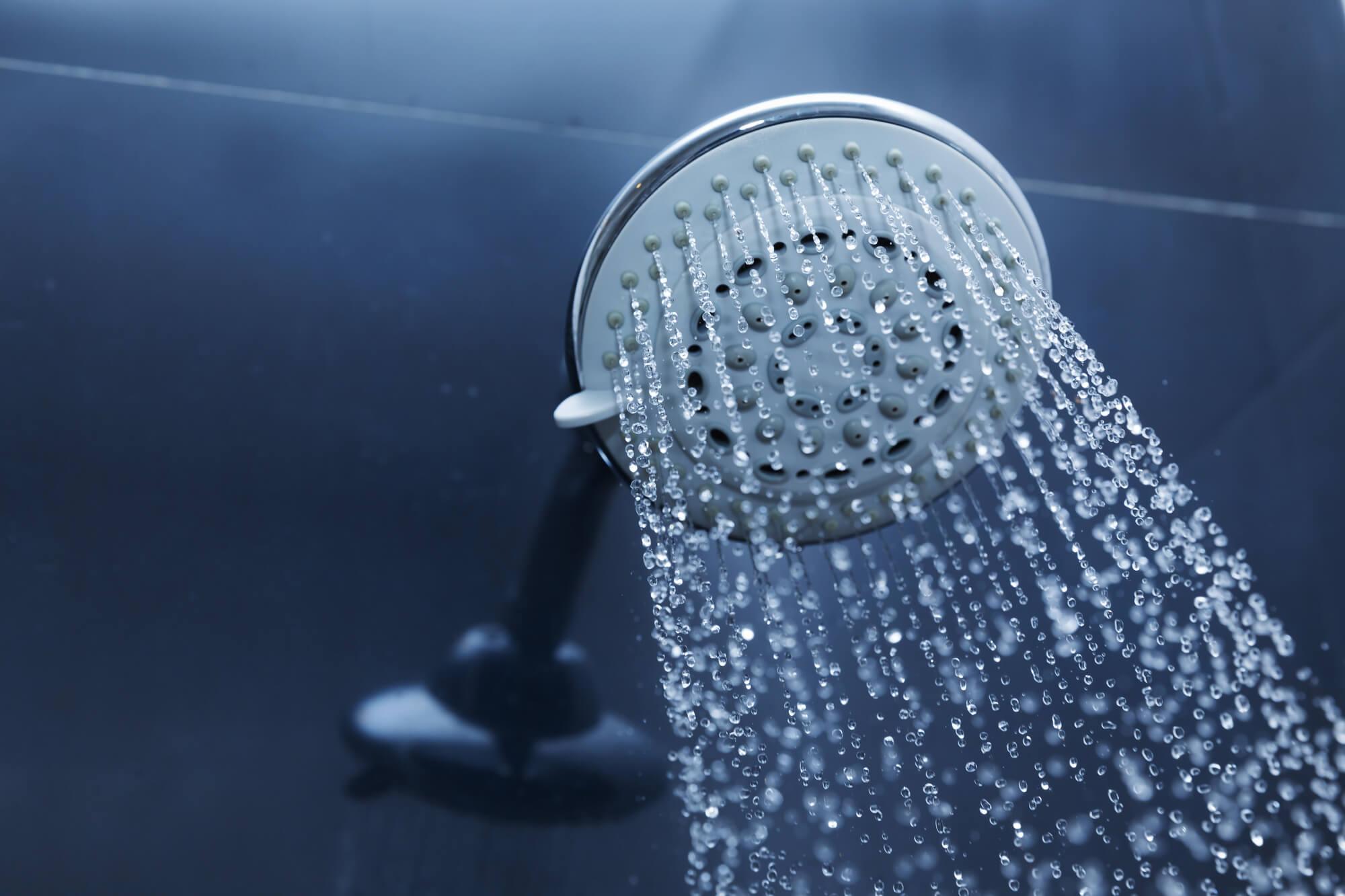
Replacing your old showerhead with a water-saving model can cut the amount of water you use during showers by half. These showerheads employ flow control technology that maintains pressure while reducing the volume of water used. A combination of stainless steel and other artificial materials often form an integral part of these showerheads, enhancing their durability and efficiency.
7. Install Water Filters
Installing a kitchen water filter not only provides you with clean, healthy drinking water but it can also help you save water. With filtered tap water readily available, you won’t need to buy and discard plastic bottles, leading to Net zero emissions and contributing positively towards preserving our ecosystem.
8. Practice Efficient Dishwashing
Even if you’re using an efficient dishwasher, there are still steps you can take to conserve more water like not pre-rinsing dishes, only running full loads and using the eco-setting. If washing by hand, consider using sinks made of sustainable materials like vitreous enamel or recycled stainless steel—they’re not just eco-friendly, but add a touch of class too!
9. Fix Leaking Pipes
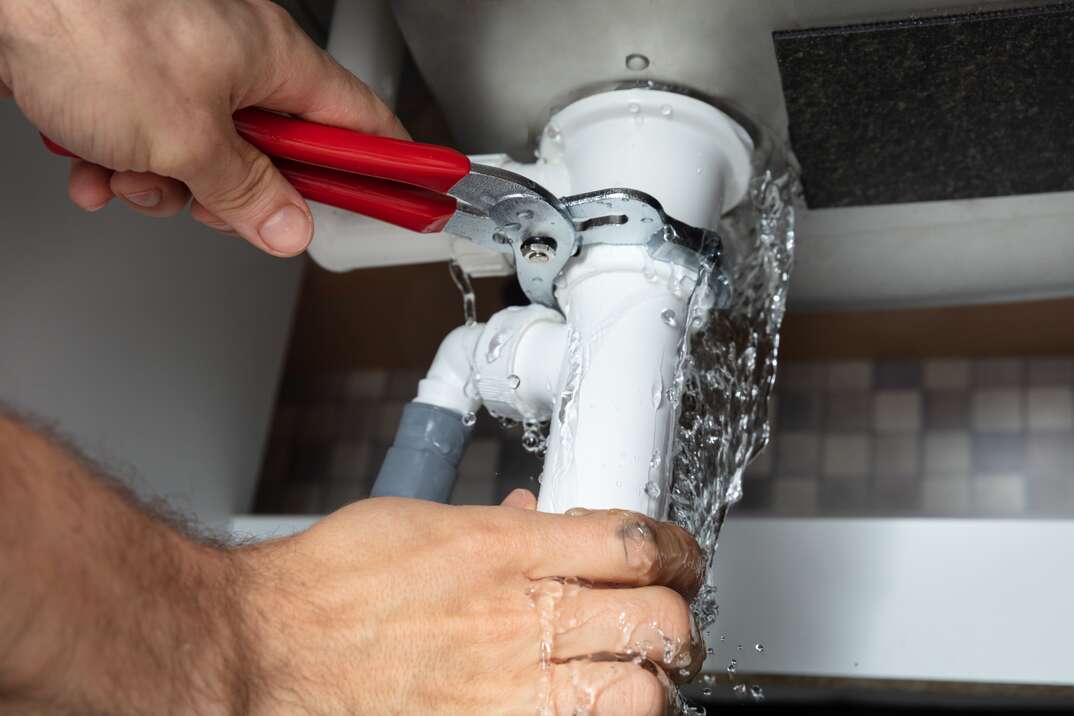
Ignoring that tiny drip from your sink’s tap or fearing the cost of fixing a leaking pipe? Beware! A slow leak can waste over 9000 liters of water each year. Timely maintenance, repair, or replacement (as required), using robust materials like copper and stainless steel, can save significant water.
10. Control Water Pressure
If your water pressure is too high, you’re probably using more water than you need to. A simple fix is to install a pressure reducing valve, which regulates the amount of water that flows through your pipes. Reducing your water pressure will decrease your consumption without impacting your daily kitchen tasks.
11. Purchase Energy-Efficient Appliances
When it comes to doing your part for the environment in your kitchen, the first place I’d look is your appliances. Energy-efficient models are designed to use less electricity and water, which not only helps to conserve precious resources but can also save you money on your utility bills! For example, an energy-efficient dishwasher uses significantly less water than washing by hand. The same goes for fridges with high energy ratings; they operate with lower power and cause less harm to both your wallet and the environment.
12. Use Eco-Friendly Cleaning Products
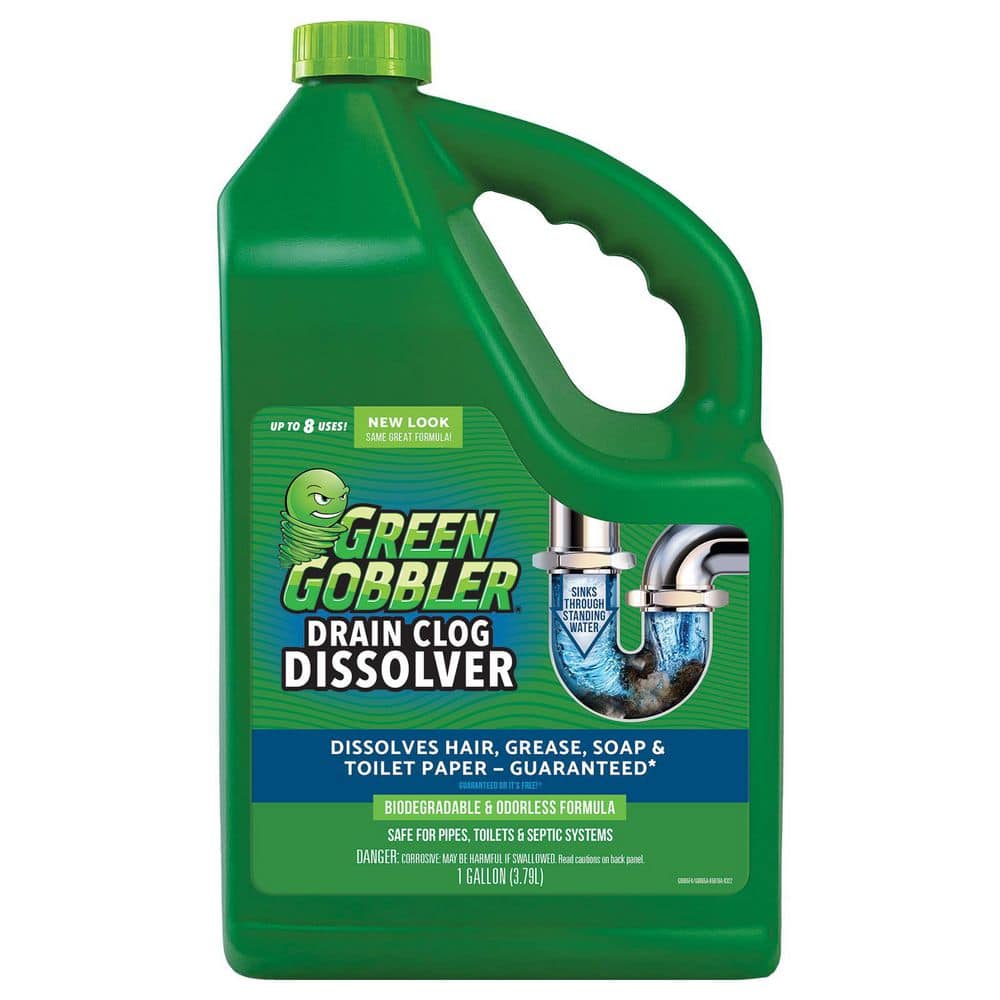
The second thing I’d contemplate is the cleaning products you use. Standard options are often loaded with harsh chemicals that can eventually find their way into our waterways. Switching to eco-friendly cleaning products can make a real difference. They’re formulated from natural materials, making not only good for your family’s health but also friendly to our water systems. Just think about it, all that goes down the sink makes its way into our ecosystem!
13. Invest in Rainwater Harvesting
Next on my list would be rainwater harvesting. Raise up those countertops and install a rainwater tank – you’ll do wonders for Mother Earth while cutting down on your dependence on the mains supply. Not only can collected rainwater be put to good use in garden watering or toilet flushing, it can also be used for things like washing dishes or clothes with an appropriate filtration system.
14. Install Water-Conserving Aerators
Sink aerators are a gem of eco-friendly plumbing design. They work by adding air into the water stream which leads to less water being used without reducing water pressure, maintaining efficacy while elongating the life-cycle of our water resources. It’s an easy and affordable way to start your eco-friendly kitchen journey. Better still, aerators are incredibly easy to fix onto your existing taps, making them a no-brainer.
15. Practice Composting Waste
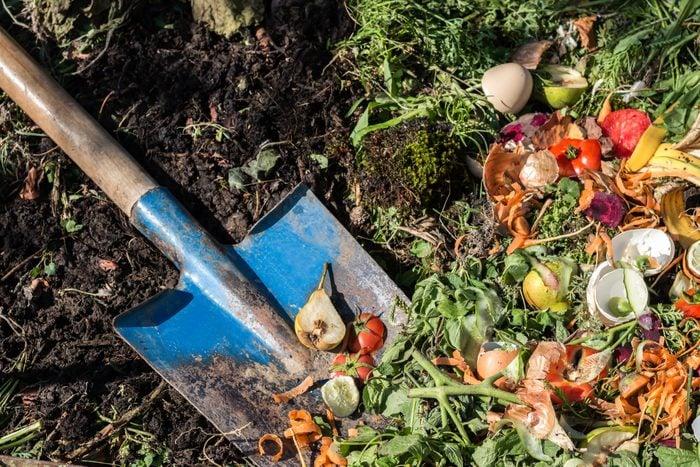
Composting kitchen waste is another great habit. Cutting board scraps, vegetable peels and fruit remnants can all be put into a compost bin rather than sending to landfill. Composting gives these materials a second life, as they break down into nutrient-rich soil perfect for your garden. It not only reduces kitchen waste but also helps reduce methane emissions from landfills.
16. Upgrade Old Plumbing systems
An old plumbing system could be your home’s biggest water waster. Copper pipes are an old favourite for sure but upgrading to stainless steel or other new materials can significantly reduce water leakage. In the pursuit of net zero emissions, improving your home’s plumbing is a step you can’t skip.
17. Reduce Water Heater Temperature
You might not realise this, but reducing the temperature on your water heater is an effective way to save both energy and water. There’s usually no need for scalding hot water in kitchen tasks – lowering the temperature to between 49-54 Celsius usually suffices for most tasks and prevents unnecessary energy usage.
18. Use Cold Water Washing

Believe it or not, using cold water instead of hot for majority of the washing tasks could drastically reduce energy usage. Advanced manufacturing processes have brought us detergents that are just as effective in cold water, minimizing the need to heat up water for washing tasks like dishes or hands. This small change can make a big difference in power consumption over time.
19. Maintain Septic System Regularly
A properly functioning septic system is paramount to maintaining a healthy ecosystem. Regular maintenance can prevent leakage of harmful pollutants into the ground and ensure all waste is processed efficiently. This promotes long term sustainability of your system and the larger environment.
20. Utilize Natural Light
Last but definitely not least, make use of natural light as much as possible! Not only does it save on your energy consumption, it also reduces the need for artificial lighting that can heat up your home. More natural light means less electricity use, less cost and also creates a more uplifting space for cooking– we can’t see any downside to that!
21. Recycle Cooking Water
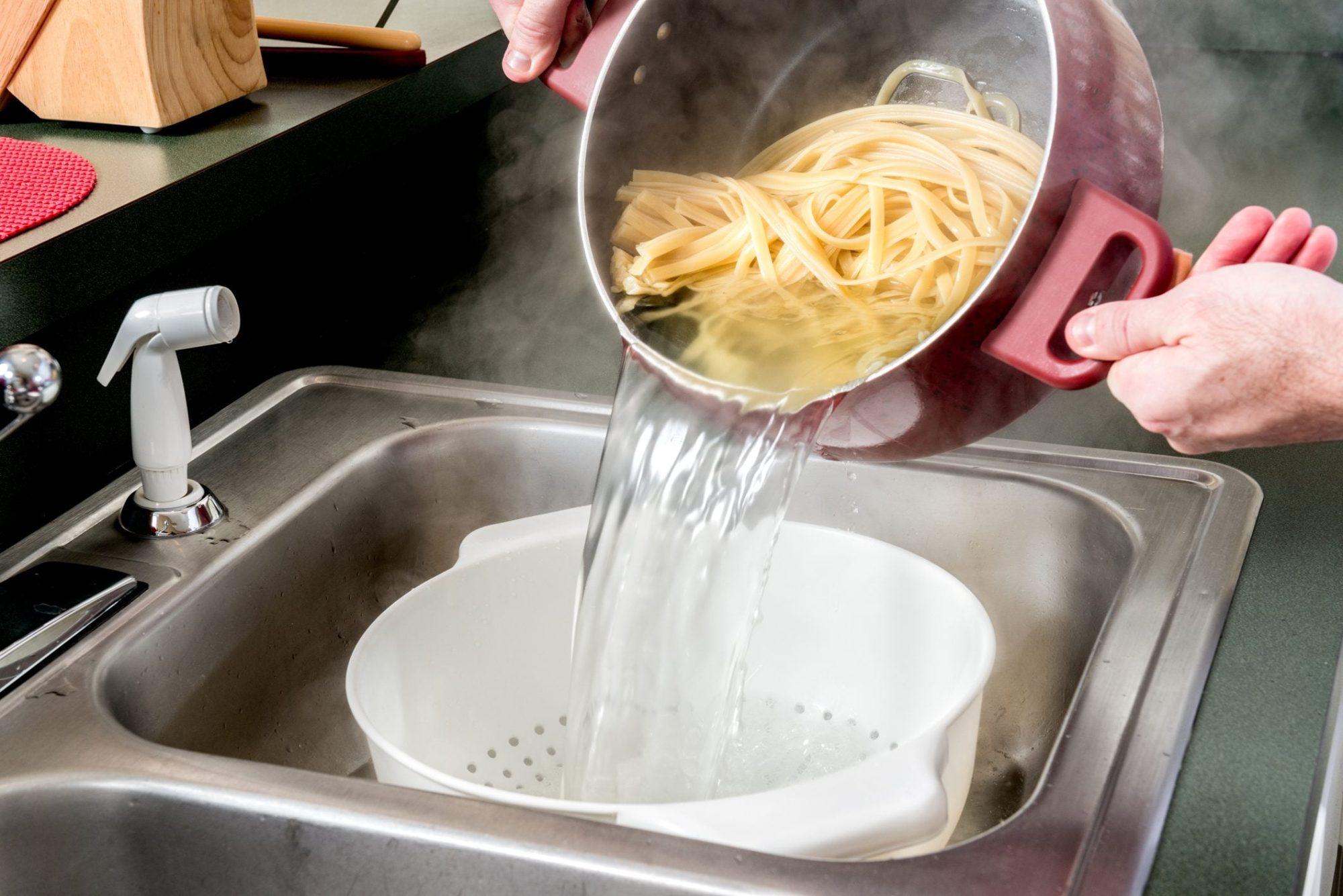
Let’s save water, Aussie style! Did you know to recycle your cooking water instead of simply tossing it down the sink? This small action could significantly reduce your water waste. After boiling veggies or pasta, allow the water to cool and use it to water your fruits or vegetable plants. Not only does this method save water, but it also enriches your plants with essential nutrients that were boiled out from your food. Step up your conservation game in your kitchen this way!
22. Use Grey Water Irrigation
I bet something you might have dismissed as useless – greywater, can be effective for irrigation purposes in your home garden! Before you dismiss this idea, let me clarify – greywater is the leftover water from washing dishes, which doesn’t include food solids or grease and is great for gardening use. Redirecting this water not only saves you precious fresh water, but also helps fertilise your garden with its rich biodegradable contents.
23. Collect Water Condensation
Water condensation may seem trivial, but every drop counts, right? Home appliances like fridges and air conditioners produce condensation often discarded without a second thought. Collect this unused water source and put it to good use! It could be for wiping the floors or watering plants. As Aussies ever conscious about our water usage, let’s pay attention to these small details too!
24. Separate Kitchen Wastes

Saving water goes hand in hand with managing waste correctly! By separating biodegradable wastes from non-biodegradable ones like plastics, we can reduce clogging and the need for excessive rinsing in our sinks – leading to saving more liters of precious water and creating an eco-friendly kitchen environment.
25. Install Tankless Water Heaters
Could you picture instant heating without maintaining a water storage tank? Yes, mates, it’s possible with tankless water heaters! These Aussie favourites not only save water but also lessen energy use by up to 30%. Thanks to their compact structures, we also save up on significant amounts of space!
26. Limit Garbage Disposal Use
This might seem obvious but limiting the use of garbage disposal units can significantly contribute to water saving. How? Well, typically garbage disposals gobble up gallons of water in flushing down wastes. A smarter solution would be composting kitchen scraps – an environmentally friendly process that also provides nutrient-rich soil for your garden.
27. Use Eco-Friendly Dish Detergents
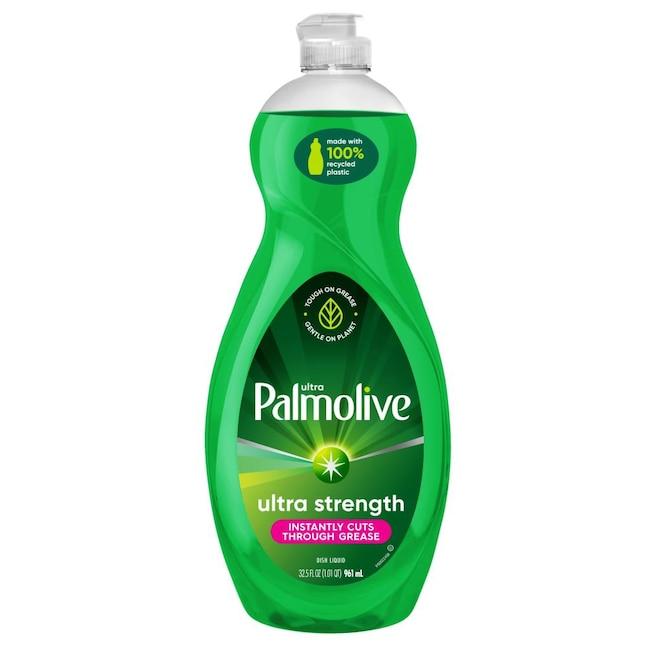
Cleaning dishes doesn’t mean we need to harm the environment, right? That’s where eco-friendly detergents come into play – fully biodegradable, these cleaning products cause minimal water pollution and do an excellent job of washing away grime without excess rinse cycles, thereby saving more water.
28. Avoid Running Water Continuously
A handy tip we often overlook is turning off the tap while actively washing dishes or wiping counters. By only using what we need instead of allowing the water to run continuously, we contribute immensely towards reducing water wastage. Remember, every drop saved helps!
29. Reuse Pasta/Cooking Water
Let me tell you a little secret – reusing pasta or cooking water for watering your plants could work wonders! This nutritious concoction could act like a natural fertilizer, providing your flora with essential nutrients for growth. So before you pour this liquid gold down the sink next time, think twice!
30. Use Cooking Water for Plants
Similar to tip 29, the water left from boiling or steaming veggies can be a great plant food! Remember to let it cool down before splashing it on your plants – this measure doesn’t just conserve water, it can also make your green friends a bit happier with the extra nutrients!
In Conclusion,
Folks, saving water doesn’t always mean huge overhauls or significant investments. Simple actions like reusing pasta water, collecting condensation, using eco-friendly detergents or installing tankless heaters can play a massive role in making your kitchen more eco-friendly. So let’s step up and implement these easy steps and contribute in our own little ways towards a greener future.Fancy a water-saving chat? Get in touch with Dan’s Plumbing – we’d love to help!
Related posts:
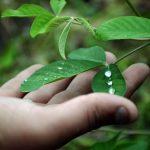 Save Water, Save Money: Dan’s Plumbing Recommends Efficient Toilets
Save Water, Save Money: Dan’s Plumbing Recommends Efficient Toilets
 Every Drop Counts: Dan’s Plumbing Tips to Conserve Water at Home
Every Drop Counts: Dan’s Plumbing Tips to Conserve Water at Home
 Upgrade Your Showerhead for Water Savings: Eco-Friendly Plumbing Solutions
Upgrade Your Showerhead for Water Savings: Eco-Friendly Plumbing Solutions
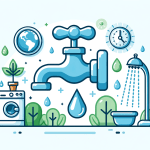 Slash Your Water Bill: Simple Tricks You Might Not Know
Slash Your Water Bill: Simple Tricks You Might Not Know
 Eco-Friendly Upgrades: Reasons to Consider Water-Saving Showerheads
Eco-Friendly Upgrades: Reasons to Consider Water-Saving Showerheads
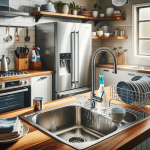 Keeping Your Kitchen Sparkling: Easy Hacks from Dan’s Plumbing for Busy Aussies
Keeping Your Kitchen Sparkling: Easy Hacks from Dan’s Plumbing for Busy Aussies

